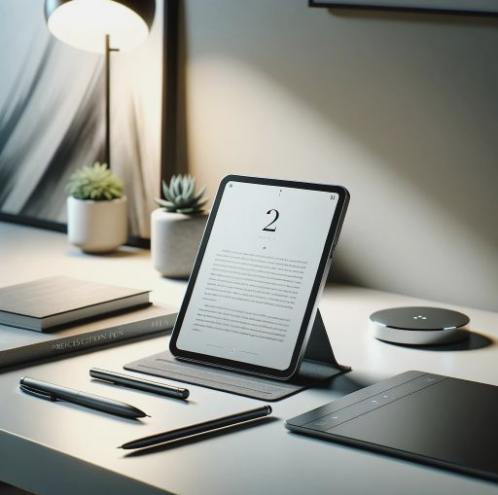Starting Seeds Indoors vs. Direct Sowing Outdoors
22 March 2025 by Clarence A.Gardening and Landscaping » Vegetable Gardens » Starting Your First Vegetable Garden: Basics for Beginners
Starting seeds for your garden can be an exciting and rewarding experience, but it can also be a bit overwhelming if you're not sure where to begin. One of the first decisions you'll need to make is whether to start your seeds indoors or directly sow them outdoors. Both methods have their advantages and considerations, so it's important to understand the differences before you begin. In this article, we will explore the best vegetables to start indoors, tips for successful direct sowing outdoors, factors to consider when choosing between indoors and outdoors, and common mistakes to avoid for both methods.

Choose the Right Location: Make sure to pick a sunny spot with well-draining soil for your seeds. Avoid areas that are prone to flooding or shade from buildings or trees.
Prepare the Soil: Before sowing your seeds, prepare the soil by loosening it with a garden fork or tiller. Add compost or fertilizer to provide nutrients for healthy plant growth.
Follow Seed Packet Instructions: Different seeds have specific requirements for planting depth and spacing. Be sure to read the instructions on the seed packet carefully and follow them accordingly.
Water Consistently: Keep the soil moist but not waterlogged. Watering in the morning or evening when temperatures are cooler can help prevent evaporation and ensure the seeds have enough moisture to germinate.
Protect from Pests: Consider using row covers or natural repellents to protect your seeds from pests like birds, insects, and small mammals that may dig up or eat them.
Thin Out Seedlings: Once your seeds have germinated and started growing, thin out the seedlings to ensure proper spacing for healthy plant development. Crowded seedlings can compete for nutrients and sunlight.
Be Patient: Not all seeds will germinate at the same time, so be patient and give your seeds time to grow. It may take a few weeks before you start to see seedlings sprout. By following these tips, you can increase the success rate of your direct sowing outdoors and enjoy a bountiful harvest of fresh produce from your garden.

Best Vegetables to Start Indoors
When it comes to starting seeds indoors, there are certain vegetables that thrive better when given a head start in a controlled environment. Some of the best vegetables to start indoors include tomatoes, peppers, eggplant, and broccoli. These vegetables benefit from being started indoors because they have a longer growing season and require a consistent temperature to germinate and grow successfully. By starting these vegetables indoors, you can ensure a strong, healthy start for your plants before transplanting them outdoors.Tips for Successful Direct Sowing Outdoors
Direct sowing outdoors can be a rewarding and cost-effective way to start your garden. Here are some tips for successful direct sowing outdoors:Choose the Right Location: Make sure to pick a sunny spot with well-draining soil for your seeds. Avoid areas that are prone to flooding or shade from buildings or trees.
Prepare the Soil: Before sowing your seeds, prepare the soil by loosening it with a garden fork or tiller. Add compost or fertilizer to provide nutrients for healthy plant growth.
Follow Seed Packet Instructions: Different seeds have specific requirements for planting depth and spacing. Be sure to read the instructions on the seed packet carefully and follow them accordingly.
Water Consistently: Keep the soil moist but not waterlogged. Watering in the morning or evening when temperatures are cooler can help prevent evaporation and ensure the seeds have enough moisture to germinate.
Protect from Pests: Consider using row covers or natural repellents to protect your seeds from pests like birds, insects, and small mammals that may dig up or eat them.
Thin Out Seedlings: Once your seeds have germinated and started growing, thin out the seedlings to ensure proper spacing for healthy plant development. Crowded seedlings can compete for nutrients and sunlight.
Be Patient: Not all seeds will germinate at the same time, so be patient and give your seeds time to grow. It may take a few weeks before you start to see seedlings sprout. By following these tips, you can increase the success rate of your direct sowing outdoors and enjoy a bountiful harvest of fresh produce from your garden.